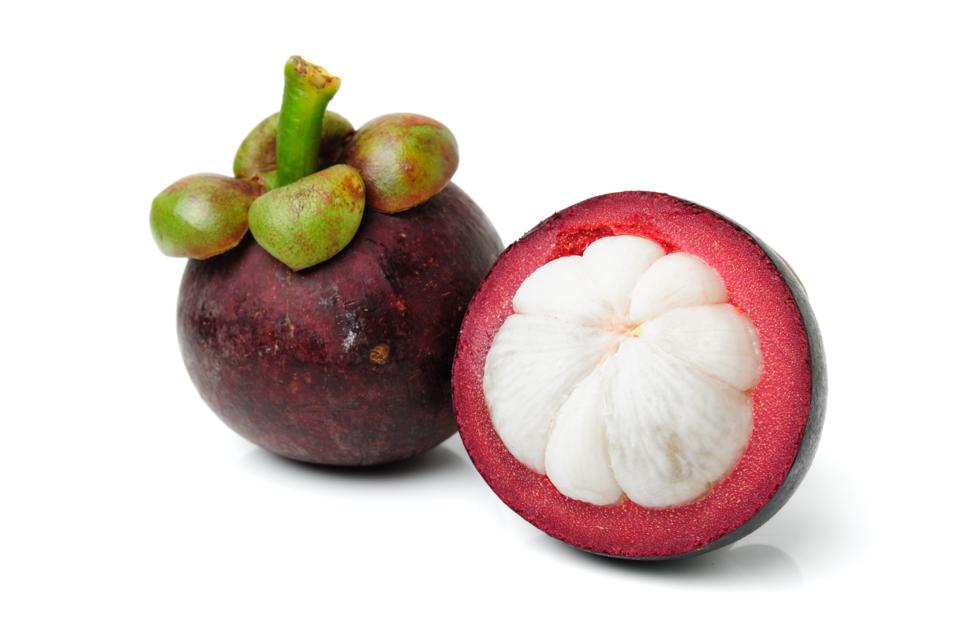This traffic-riddled city, that is home to 10 million people, did not scream fine dining when I first laid eyes on it. However, I was truly pleasantly surprised when I sank my teeth into some of the iconic breads, fried foods and soups that are some of the classic Columbian dishes.
What is more, the flowers in Bogota are stunning: try to imagine a dozen of the most perfect roses you have ever seen that don’t cost much more than a dollar. The selection of tropical fruits is also amazing: every had three different kinds of passionfruit? Mangosteen is as delicious as it is beautiful and I could eat soursop all day.
An Introductory Tour
Food tours didn’t appeal to me initially, but I am warming to them now as they give you a comprehensive look at some of the top dishes in any country. I have now done these deep food dives in Tbilisi with Culinary Backstreets, in Buenos Aires with Sherpa and now Bogota.
Lina Cruz from La Mesa operates food tours in a number of Colombian cities but is from Bogota. I always love when guides customize a visit and ours included a peak at Bogota’s famous flower market outside of the Palomquemao food market. This country’s flowers are stunning and range from Gerbera Daisies to orchids and carnations. The colors will take your breath away.
The market is incredibly clean and offers everything from seafood and produce to all kinds of cuts of meat. It also is home to a handful of little restaurants serving up local bread, roast sucking pig and empanadas. Don Camilo was a favorite in the market for its savory empanadas and cute, small dining space.
The tropical fruit sellers are not to be missed and will put together tasting plates of all kinds of delicious finds that you will never taste at home. Lina capped off the trip with two, sit-down restaurant visits: one for Ajiaca soup with chicken, herbs and potatoes; and Testigo for corn on the cob and sausages and crispy potatoes. Columbia, like its neighbor Peru, is truly the land of many potatoes, in all colors of the rainbow.
La Candeleria
This area is one of Bogota’s oldest and is the site where the city was founded in 1538. It is home to the historic Plaza of San Bolivar and many charming restaurants, and museums. The Botero Museum, celebrating the Colombian artist known for his signature paintings of chubby people and parrots, is not to be missed and is free.
Restaurants fill the many streets, one offering cuisine of the Amazon, with a focus on bugs. Many focus on Mexican specialties, which seem to be trendy in Bogota these days, along with the ever-present burger places.
One of the most charming we found was Hibiscus which offered affordable local dishes like plantains, fried beans with fish and chicken and pork breast. They had a killer prix-fixe menu for 18,500 pesos, or about $4.50, ours featured chicken soup, grilled pork, rice and eggs. It was enough for two. The dollar really goes far on the streets of Colombia.
Shaking What You Got
While Cali is the capital of both salsa and tango in Colombia there are lots of places to dance in Bogota. One of the better known is Cumbra House. The night we went the dancehall was celebrating the 500th anniversary of the city of Santa Marta, the oldest city in the country, which is surrounded by mountains and the beach.
The restaurant and club celebrates the music of Carlos Vives, a Grammy-winning songwriter, singer and actor, it also has an on-sight recording studio where many artists have recorded their hits. The club features a high-energy show and everyone is out of their seats dancing. Best to eat your meal early to be able to get down and boogie later. The Carimañolas, a yuca fritter, each stuffed with something different, from meat to cheese, were delicious and the gin drinks well balanced.

